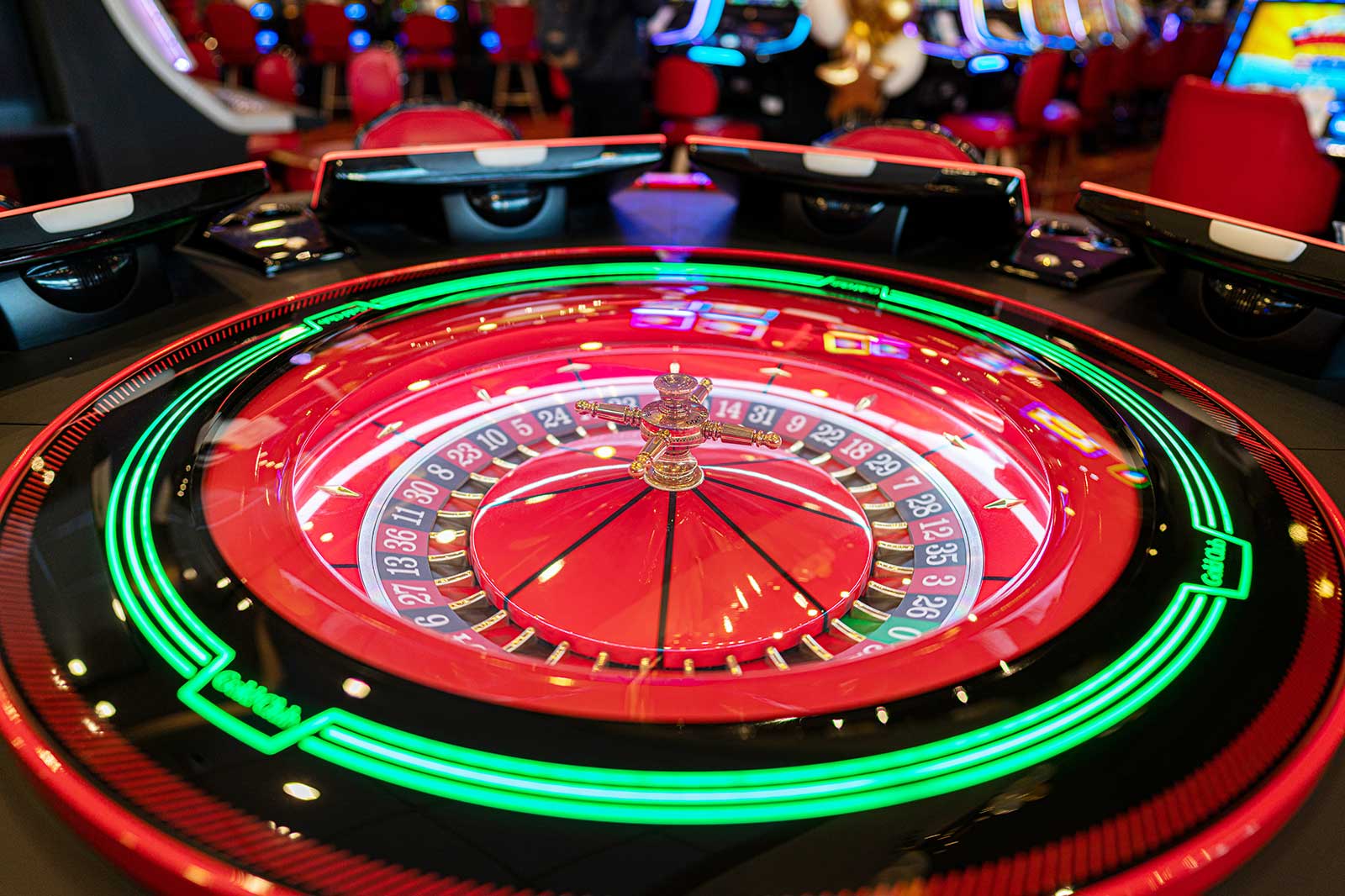
Casino experiences have long captivated human interest, drawing players into a realm filled with luck, planning, and the allure of excitement. Each activity is meticulously crafted not just for entertainment, but also to inspire particular emotional responses that keep participants involved and interested. Understanding the drives behind these designs reveals much about how human psychology plays a key role in the gaming experience.
From the dazzling lights and lively sounds to the intricate layering of systems and rewards, casino games are designed to create an atmosphere of anticipation and expectation. Game designers leverage mental cues to influence participant behavior, whether through the use of big prizes, close-call situations, or social interactivity. By examining these factors, we can better appreciate how casino games fulfill not just a need for entertainment, but deeper psychological needs for thrill and uncertainty.
Comprehending Player Behavior
Casino games are engineered with a thorough grasp of player psyche, which is vital for drawing in and holding players. The excitement of the game, coupled with the anticipation of winning, establishes a strong attraction. Game designers employ elements like sonic elements, vibrant graphics, and immersive gameplay to engage attention and generate emotional responses. bensu4d These sensory experiences enhance the immersive experience, making players feel more attached in the game.
Another notable aspect of player behavior is the idea of risk/reward dynamics. Casino games often manage high-stakes situations with the potential for significant rewards, which can cause the event known as near-miss phenomenon. When players come near to winning, the brain secretes dopamine, strengthening their behavior and prompting them to persist playing in search of that elusive win. This cycle of hope and frustration plays a key role in how games are structured and promoted.
Lastly, social factors also play a pivotal role in player behavior at casinos. Many games are designed to be played in groups or with other players, fostering a sense of togetherness and shared experience. The interaction inherent in games like blackjack enhances enjoyment and can culminate in extended gameplay. Designers capitalize on this by designing environments that invite players to remain, interact, and come back, making the overall casino experience more appealing.
The Role of Imagery and Audio
Visuals and audio play a significant role in improving the player’s experience within casino games. Designers utilize bright colors, eye-catching graphics, and captivating animations to grab players’ attention and hold their focus. The use of themes, such as exploration or luxury, helps create an enthralling atmosphere that takes players into a different world. By connecting to the senses, these elements add to a intensified emotional response, encouraging players to interact more deeply with the games.
Sound design is equally important in reinforcing the overall experience of gambling games. The mix of background music, audio effects for winning combinations, and ambient noises creates an sound landscape that holds players enthralled. Audio cues associated with victories, such as ringing bells or festive music, evoke feelings of excitement and satisfaction, prompting players to continue playing. These audio cues are carefully placed to amplify the excitement of the game and create a more immersive experience.
Moreover, the synchronization of imagery and audio is important for reinforcing the game’s overall concept and mood. Each element should coordinate seamlessly to create a unified experience that draws players in. The effective use of this synergy not only improves user satisfaction but also boosts the likelihood of repeat play, as players become more engaged in the immersive world that the gambling games offer. This thoughtful combination of imagery and sound ultimately enhances player engagement and commitment.
Incentive Systems and Engagement
The creation of casino experiences heavily depends on incentive systems to keep participants involved and coming back for more. These structures are rooted in psychological principles that take advantage of human nature and motivation. Participants are often driven by the excitement of winning, which is supported by instant responses through the game structure’s mechanics. This prompt satisfaction not only improves the overall experience but also fosters a sense of achievement, encouraging participants to keep playing in hopes of greater gains.
Casinos adopt various incentive systems, such as large payouts, extra rewards, and increased rewards, to captivate players. These features create a layer of thrill that maintains engagement. Additionally, the randomness of outcomes plays a significant role in keeping interest. The intermittent reinforcement schedule, where successes are random but occur often enough, maintains participants on edge and driven to keep playing. This loop of anticipation and anticipation is essential to the effectiveness of casino games.
In addition, social elements, such as tournaments and multiplayer features, boost the participation factor by leveraging the desire to compete of participants. The communal aspect of playing with others can intensify the excitement of winning and create a sense of community within the gaming space. By integrating these community elements with effective incentive structures, casino games don’t just provide entertainment but also nurture a stronger bond among players, solidifying their loyalty to the gaming experience.
